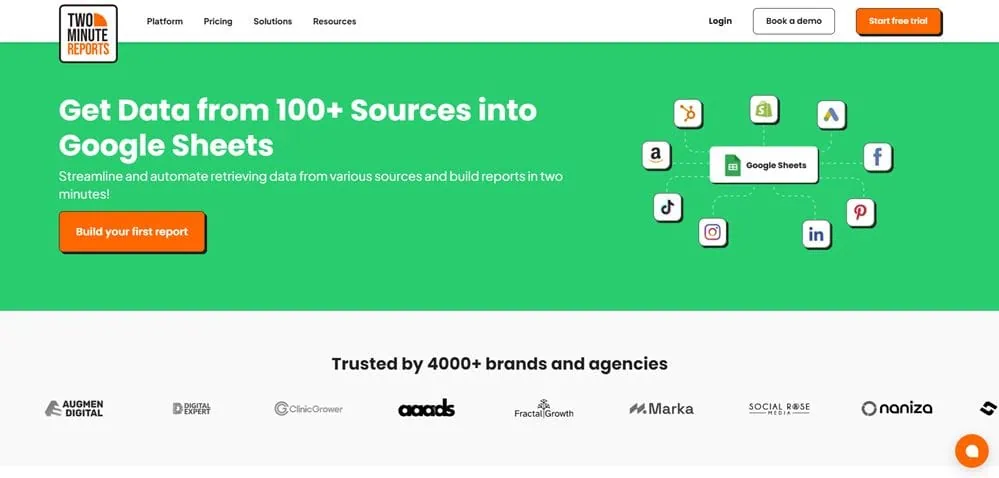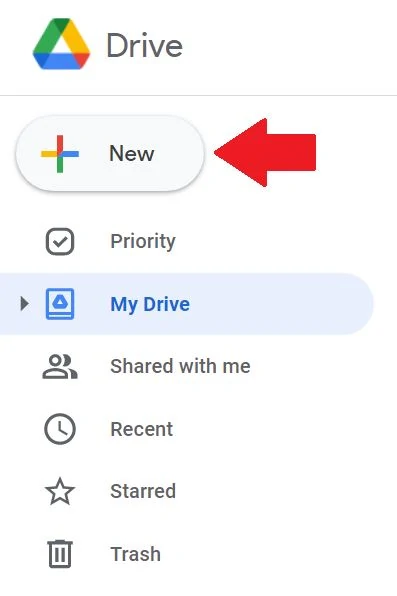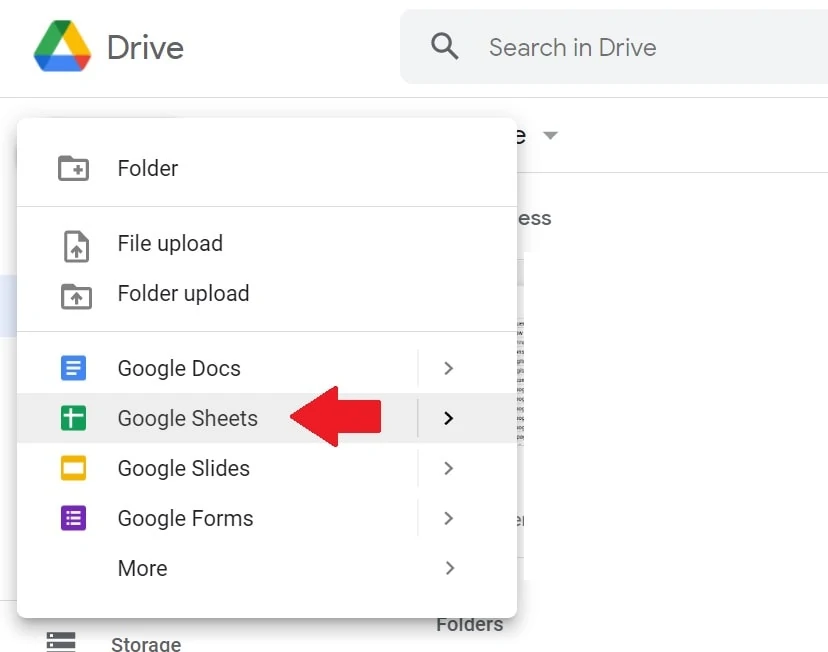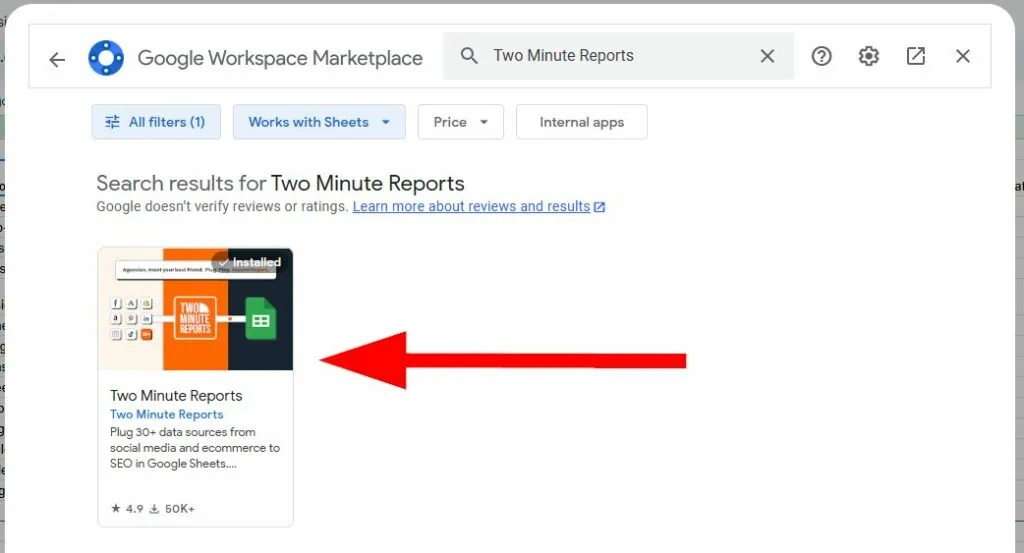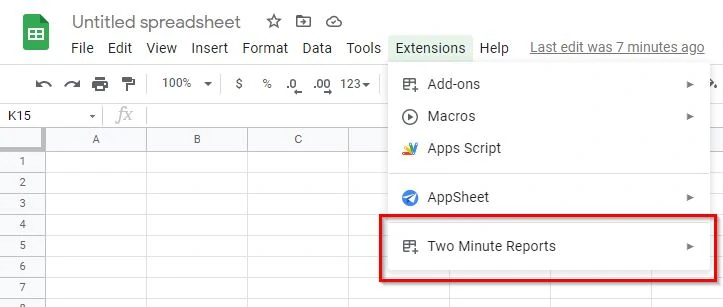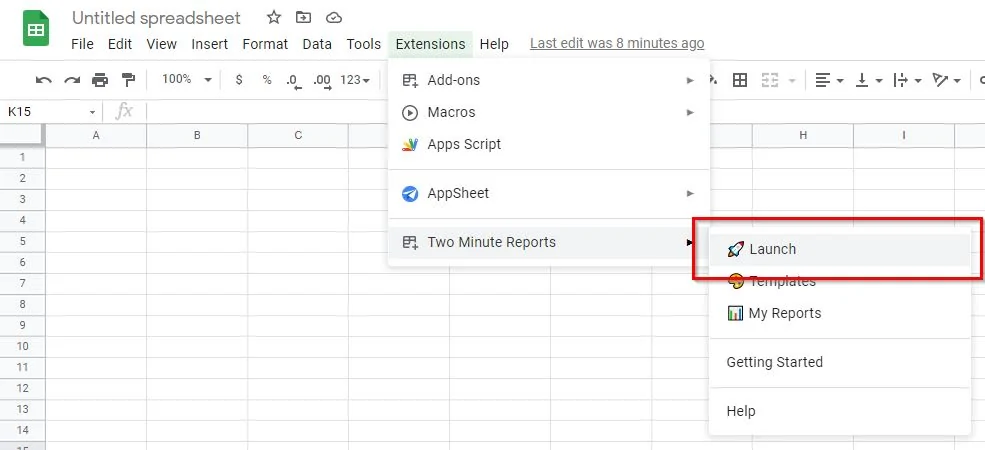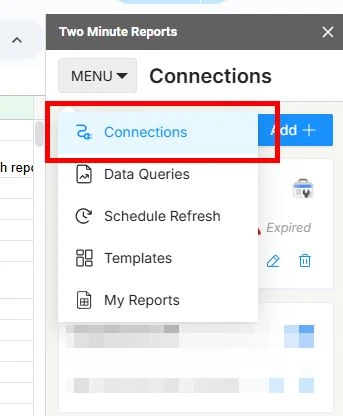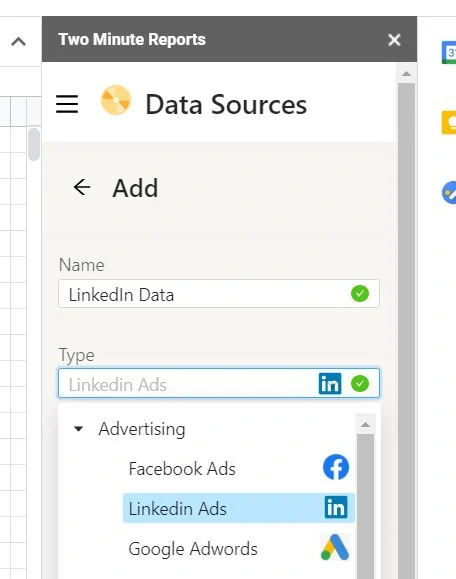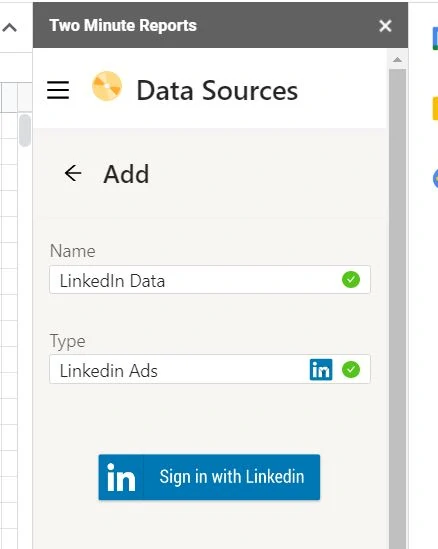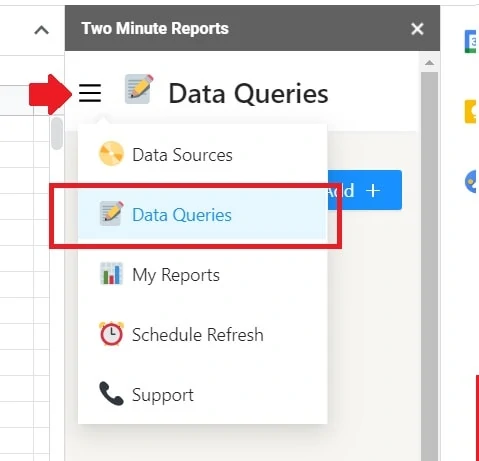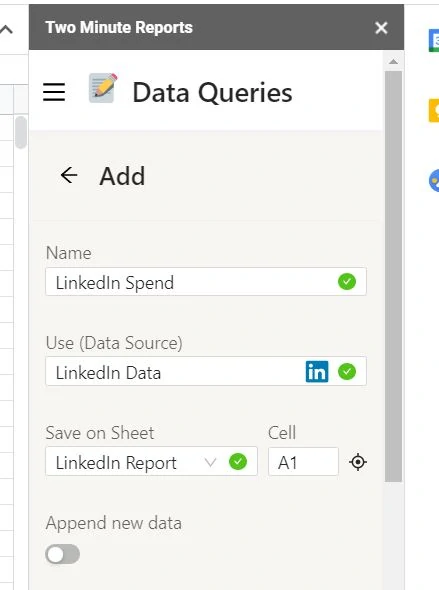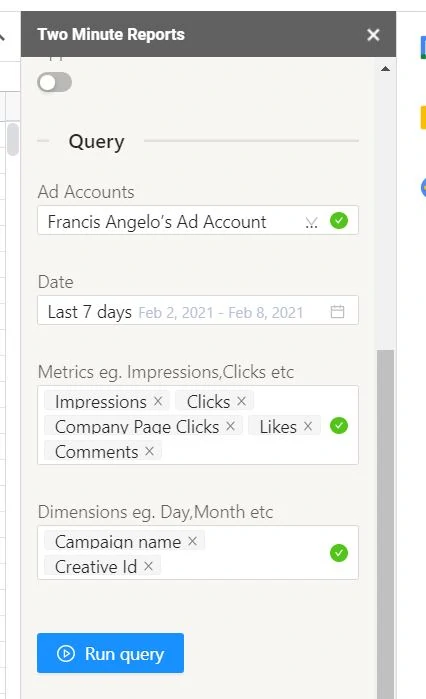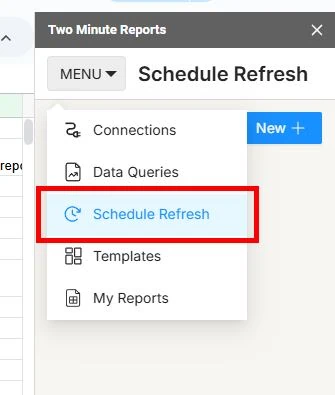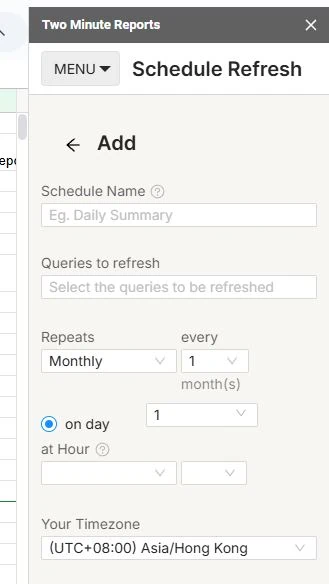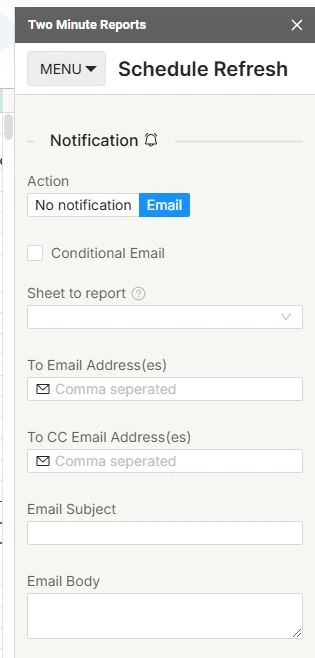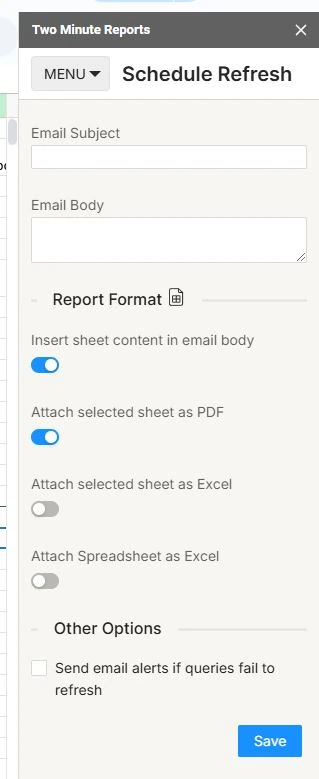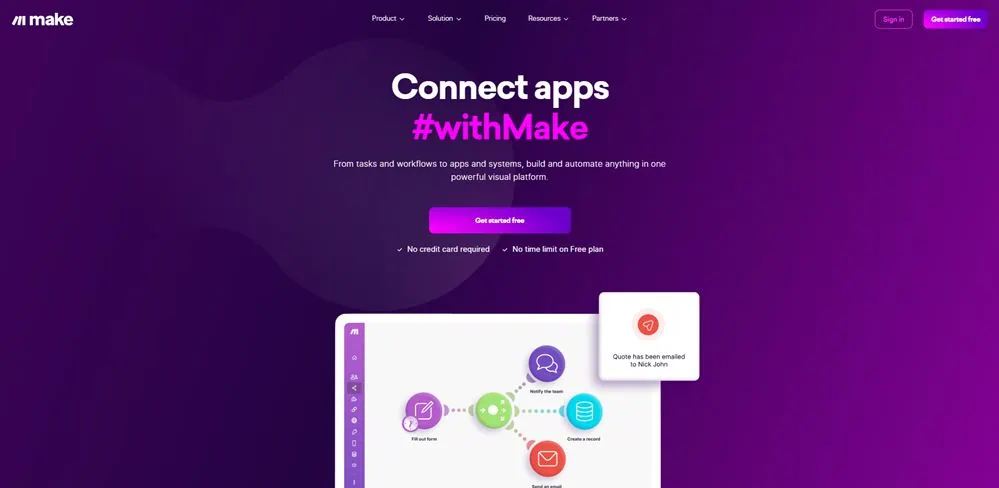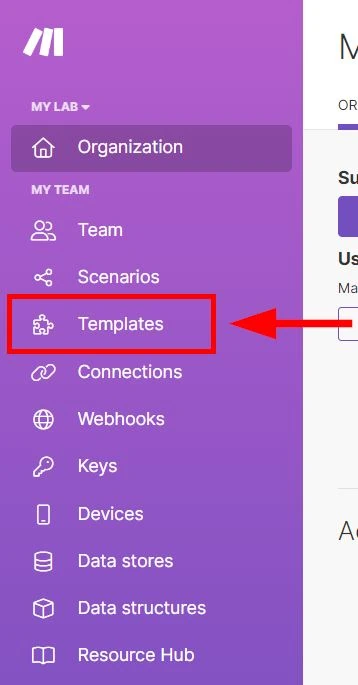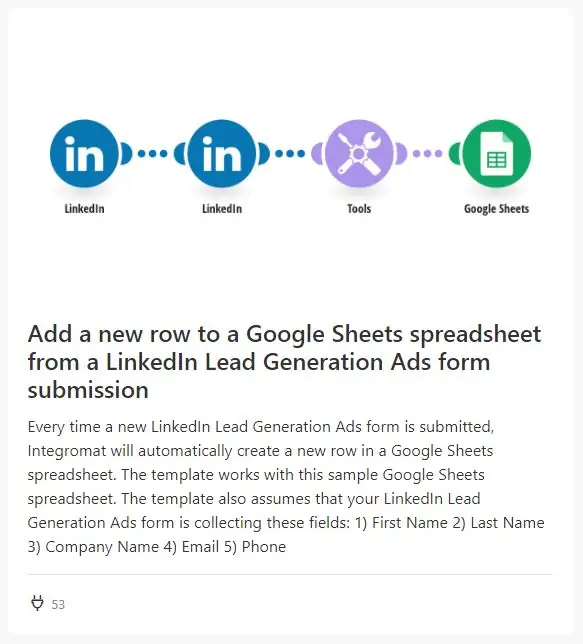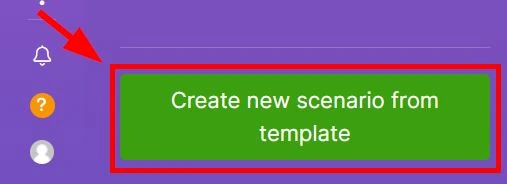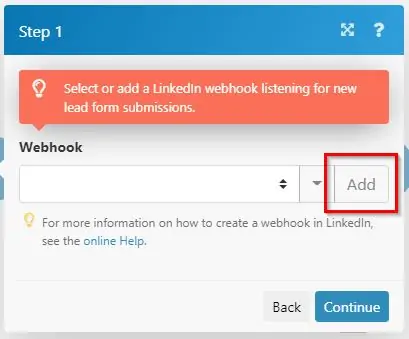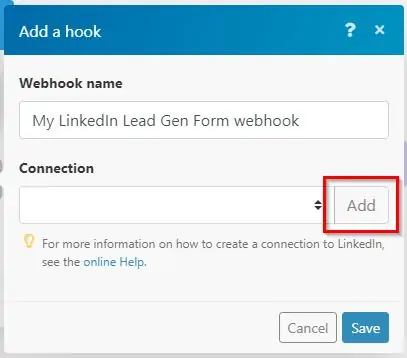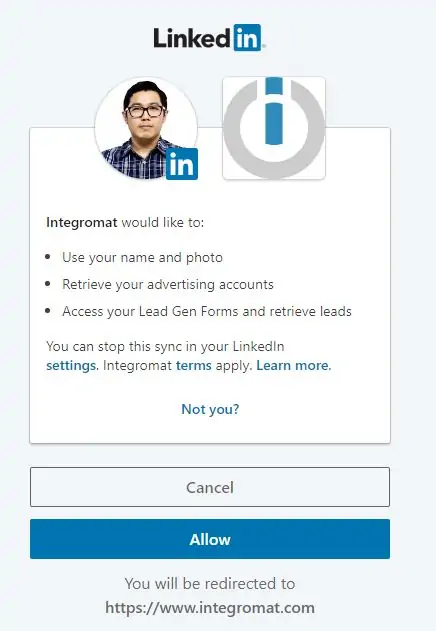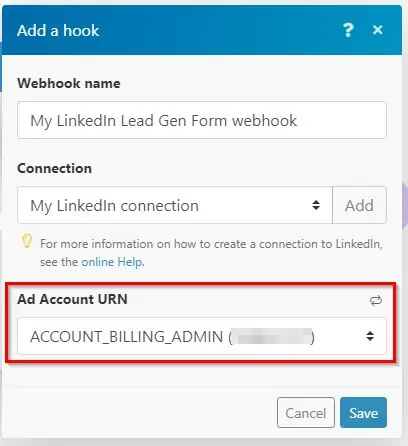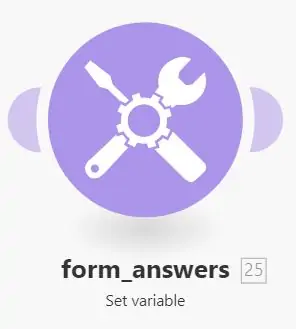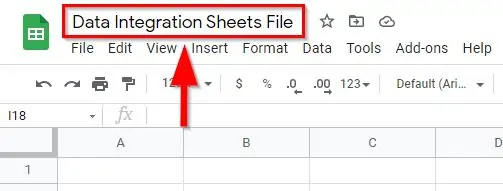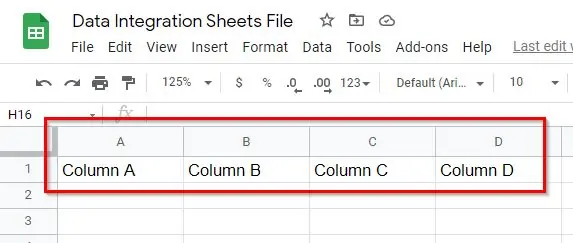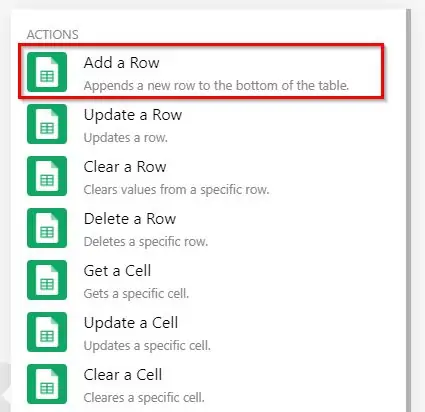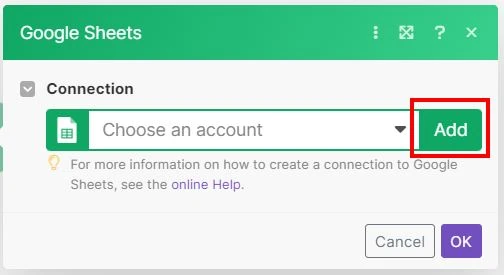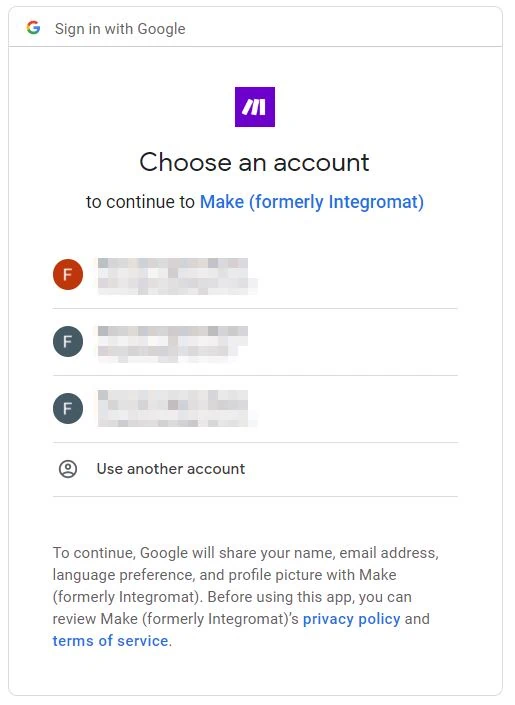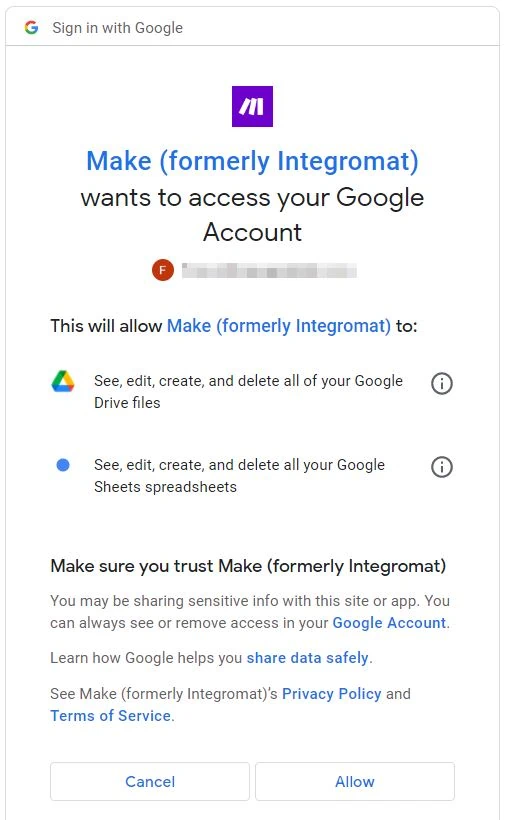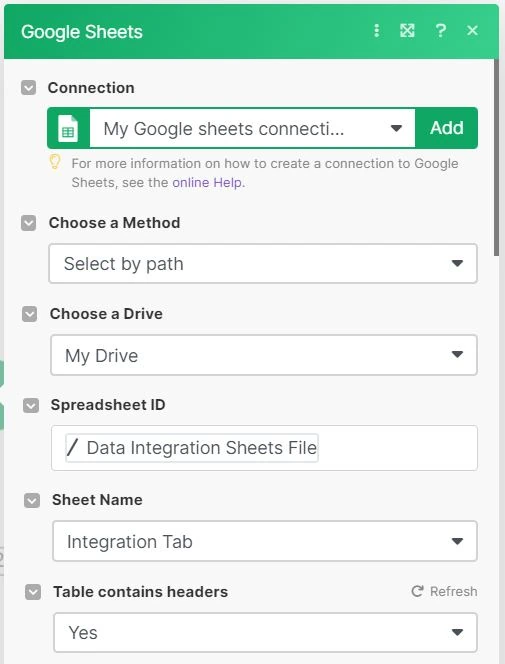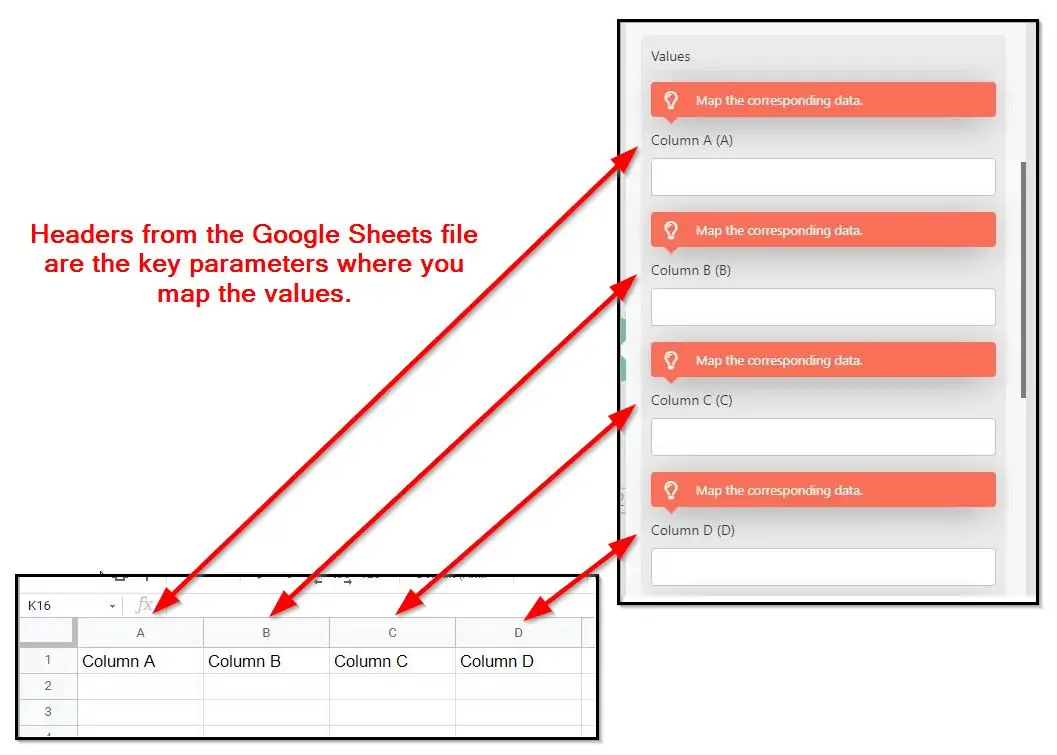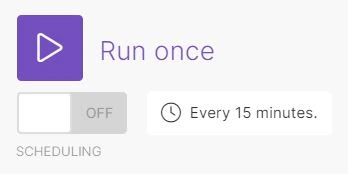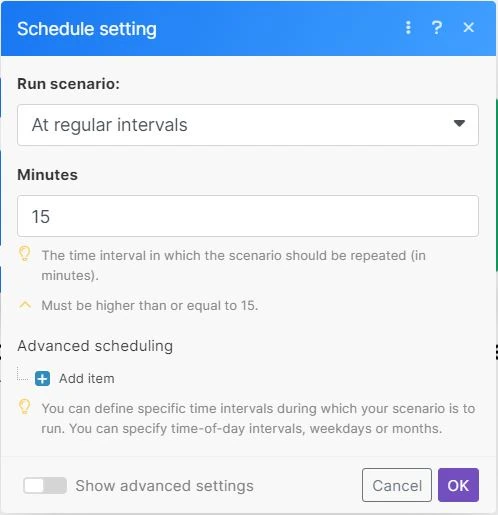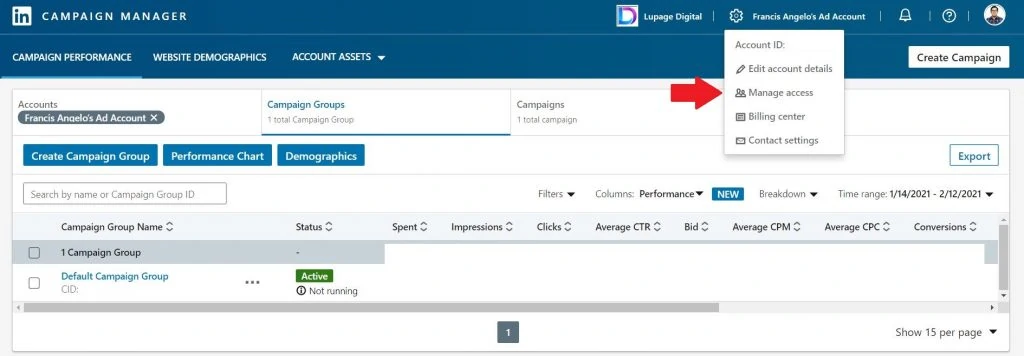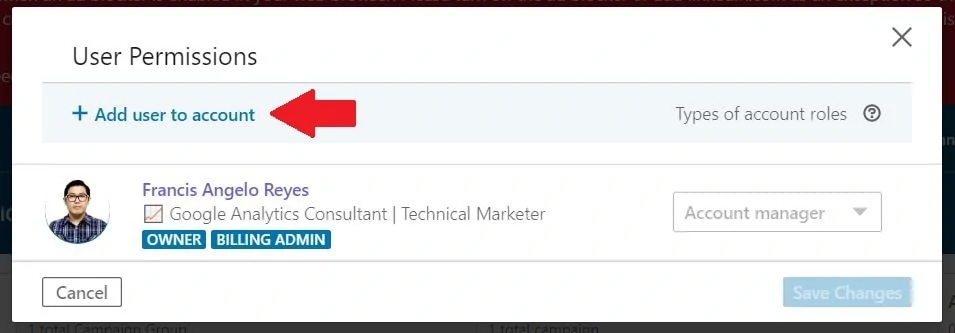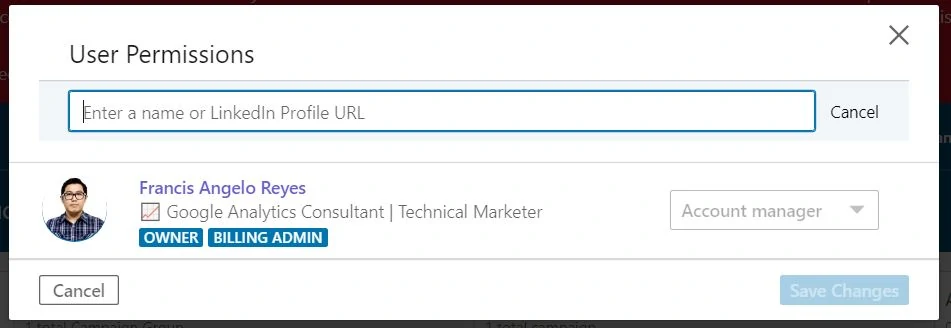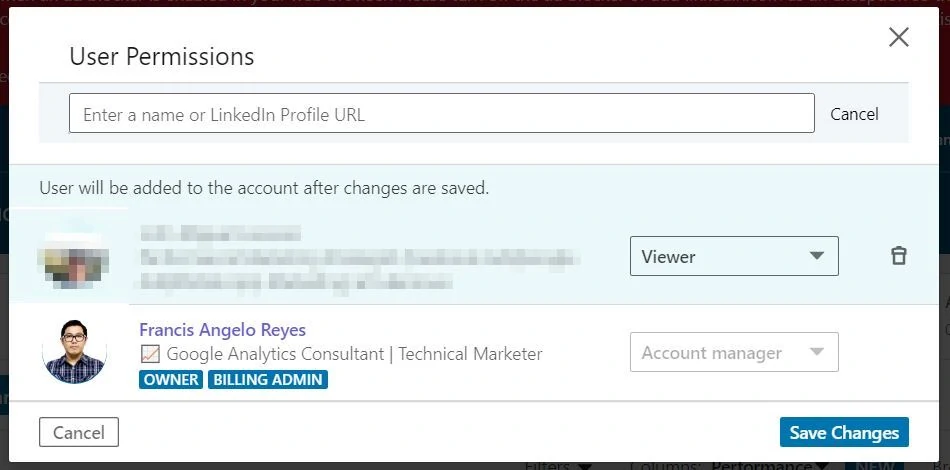LinkedIn advertising is a major channel in the advertising industry. Like other marketing channels, it needs reporting. The LinkedIn Ads API (application programming interface) may be hard to understand for others to start and the interface might be confusing to use.
Google Ads is better with reporting since it’s within the Google ecosystem. So, this means that the integration is easier. And you can start interpreting the data quickly. LinkedIn Ads, and other marketing channels like Facebook, don’t have that luxury.
You CAN import LinkedIn Ads data from the API to Google Sheets. You do copy and paste until your eyes and fingers can’t take the mundane task anymore. That’s manual reporting and it’s an unbearable nightmare.
Who Benefits from this Automation?
I see two groups that might benefit from the automation to import LinkedIn Ads to Google Sheets. Both teams require time to constantly update email messages.
a) LinkedIn marketers: LinkedIn marketers are great at optimizing campaigns. But they don’t have the time to build reports. They need to dedicate hours strategizing which audience to advertise to.
b) Business Development and Sales teams: A salesperson who is involved in Lead Generation saves time when leads are automatically sent to a spreadsheet and then analye the data.
How To Import LinkedIn Ads Data To Google Sheets
This article shows two options on how to import LinkedIn ads data to Google Sheets. Option 1 is using a Google Sheets extension. Option 2 is using a third-party integration tool. Both don’t require coding skills.
Option 1: Google Sheets Extension
You’ll use Two Minute Reports for this option. Two Minute Reports imports data from the LinkedIn Ads API directly to Google Sheets in minutes. Another Google Sheets extension to use is Supermetrics.
Installing the Google Sheets Extension
1 – Go to your Google Drive workspace.
2 – Click + New then create a new Google Sheets file.
4 – Search for Two Minute Reports. Then install it.
Import LinkedIn Ads Data Source
5 – Link your LinkedIn account to the tool. Go through the login process until the tool instructs you to close the tab since the sign-in is successful.
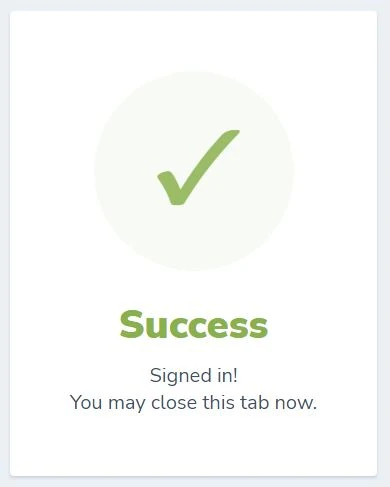
Import LinkedIn Ads Data Query
This point in the process is importing data from the LinkedIn Ads API to the spreadsheet.
2 – Name your data query. Find the LinkedIn data source you imported earlier.
3 – Save on Sheet is the location of the sheet where the data is imported to. Add A1 under Cell.
4- Under Query, select the LinkedIn Ad Account you want to get data from.
5 – Select the date range with whatever you need.
6 – Select the Metrics you want to import (Impressions, Clicks, Company Page Clicks, Likes, Comments, etc).
7 – Select the Dimensions you want to import (Campaign name, Creative id, etc).
8 – Click on Run query.
Viola! You imported your LinkedIn ads data to Google Sheets hassle-free. You can create reporting templates from here depending on your business needs.
Schedule LinkedIn Ads Reports
Two Minute Reports has a scheduling function. This means the spreadsheet refreshes the acquired data from the API. Reports are automated even more.
3 – Once inside, you can set the terms of the report schedule.
-Name
-Repeats: This is where you set how often the data refresh happens. Two Minute Reports can do hourly refreshes.
-Timezone
4 – You can also set the notification terms. Two Minute Reports can email you a PDF or Excel of the data. You can also decide to have the email contain the sheet content in the email body.
5 – Click on Save.
Scheduling helps when you need to report on overtime. No more copy and paste manual reports every day, or every week, or every month.
Option 2: Third-Party Integration Tool
You’ll use Make for this option. Make is a powerful integration platform that allows you to visualize, design, and automate your work in minutes. In other words, it lets apps talk to each other so that you can remove repetitive tasks.
Create a Make account and get started.
Getting Started
2 – Search and click on the template: Add a new row to a Google Sheets spreadsheet from a LinkedIn Lead Generation Ads form submission.
Setting Up LinkedIn Connection
The first section is setting up the Shopify connection.
1 – Under Webhook click on Add.
Once inside, name the Webhook. The name is arbitrary so it’s up to you. But I suggest writing a descriptive name for later use.
2 – Once inside, Under Connection, click on Add.
Then name the connection. The name is arbitrary so it’s up to you. But I suggest writing a descriptive name for later use.
3 – Click on Continue.
8 – Click on Continue.
9 – To make the integration simple, click on Continue until you reach the Google Sheets integration. Ignore the purple or violet icon. This is an additional setting only.
Setting Up Google Sheets Connection
Next is setting up the Google Sheets connection. But first, you need to go to Google Drive and create a new Google Sheets file.
1 – Go to your Google Drive workspace.
2 – Click on + New then create a new Google Sheets file.
3 – Name the Google Sheets file. The name is arbitrary so it’s up to you. But I suggest writing a descriptive name for later use.
4 – Name the tab or sheet on the bottom. The name is arbitrary so it’s up to you. But I suggest writing a descriptive name for later use.
5 – Name the headers. It’s helpful to map out the correct data point in the integration process later.
Column A
Column B
Column C
Column D
The first steps are done! Go back to Make.
1 – Press right-click. Click on + Add a module. Or you can double-click then click on the HUGE circle with a PLUS SYMBOL.
3 – Under Connection, click on Add or Create a connection.
4 – Name the connection. The name is arbitrary so it’s up to you. But I suggest writing a descriptive name for later use.
5 – Click on Continue or Sign-In. A pop-up window appears.
7 – Click on Allow. Make asks permission to access your Google account. This is standard procedure. The window closes after clicking it.
Back in Make you add the additional parameters.
8 – Under Choose a Method, choose Select by path.
9 – Under Choose a Drive, select My Drive. The spreadsheet you created earlier is likely located here.
10 – Under Spreadsheet ID, select the Google Sheets file you created earlier. Find the name you gave it.
11 – Under Sheet Name, select the Google Sheets tab from earlier. Find the name you gave it.
12 – Under Table contains headers, select Yes.
After which, the Values are created.
13 – Under Values is where it gets tricky. The headings from the Google Sheets file are the parameters where you decide the values. Once you click on the field, you’re presented with different parameters. Don’t be overwhelmed. Read the context of the parameters to know which one is mapped to which.
Under (A), select form answers. 'First name'.
Under (B), select form answers. 'Last name'.
Under (C), select form answers. 'Company name'.
Under (D), select form answers. 'Email name'.
The parameters that appear here are from the connection you added earlier. Other parameters are also available. Make sure to add an extra column and name it on the Google Sheets spreadsheet so on and so forth.
14 – Click on Ok. Now it’s time to run and process the integration.
A spinning wheel and a Log on the bottom right appear. Wait for the integration to finish. How long the integration takes depends on the Maximum number of results you select. It’s finished when a) green checkmarks appear, and when b) The scenario run was completed appears in the Log.
Go to your Google Sheets file and you now see the campaign data successfully exported from LinkedIn.
Viola! Congratulations you imported LinkedIn Ads data to Google Sheets with complete information! You may also add other parameters or fields if you need them.
Schedule Automation and Reports
Make can schedule the automation based on cycles. The schedule is up to you.
2 – Under Run scenario, select the schedule you need. What you select on this parameter dictates the next ones.
If you select At regular intervals, you need to select the minutes that Make processes the automation.
If you select Once, you need to select the date.
If you select Every day, you need to select the time.
If you select Days of the week or Days of the week, you need to select the days.
3 – Click on Ok. Ignore any advanced settings for now.
Viola! Congratulations you’re automating LinkedIn ads reporting in Google Sheets!
How To Add User Permissions on LinkedIn
1 – Go to your LinkedIn Campaign Manager dashboard. Pick one Ad Account.
2 – Once inside the Ad Account, click the gear icon on the upper right. Then click ‘Manage access’.
3 – Click ‘Edit’ then click ‘+ Add user to account’.
4 – Add either the name of the user’s LinkedIn name or LinkedIn Profile URL. Give the user at least ‘Viewer’ access.
5 – Click ‘Save Changes’. That user should now have the ability to import LinkedIn Ads data into Google Sheets.
More articles on automation:
Import Facebook Page Insights to Google Sheets
Import LinkedIn Page post data to Google Sheets
Import LinkedIn Ads API data to Google Sheets
Import Search Console Data to Google Sheets
Import WooCommerce data to Google Sheets
Import Facebook Ads data to Google Sheets
Import Google Ads data to Google Sheets
Import Mailchimp data To Google Sheets
Import Shopify data to Google Sheets
Import TikTok ads to Google Sheets
Import GA4 data to Google Sheets
Import ChatGPT to Google Sheets
Import JSON to Google Sheets
Export Gmail to Google Sheets
Conclusion: Build LinkedIn Ads Reports Faster
This is one of the many tools to connect LinkedIn Ads data in Google Sheets. These are the current methods to do API integrations between third-party tools. These tools cost money but the benefits outweigh more.
Avoid import and export spreadsheet hell. Maintain everything in Google Sheets with tools if needed. Stop wasting time on repetitive tasks. Start focusing on important stuff that impacts the business. Hire a digital analyst to help you.

